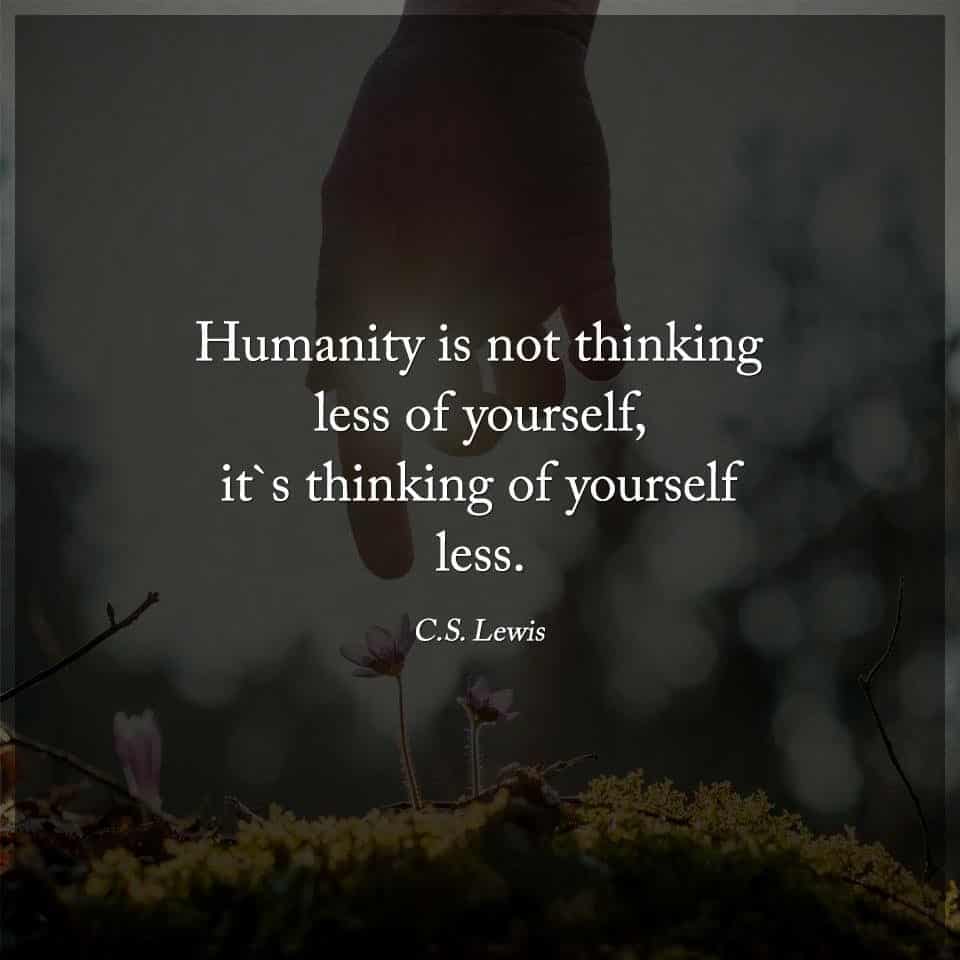Scientists have recently discovered uncanny similarities between the neuronal structure of the brain and the patterns of the universe. This connection to the cosmos is striking.
Of course, many scholars and researchers have already noted that humans and nature share the same structure. For instance, our veins look much like the branches of lightning, and our fingerprints have similar patterns as tree rings. Nebulas in space have oddly similar structures as our irises, and the birth of a cell looks like the death of a star.
How do we explain all of this? It seems now that science is finally catching up with what the sages and saints in various religions have said for millennia. We are not only a part of the cosmos – we ARE the cosmos experiencing themselves. Therefore, since we come from stardust, our makeup bears a striking resemblance to nature and the cosmos.
A new study provides further proof that the human brain and the universe have more in common than we think. Of course, the similarities go much deeper than just appearances. In fact, the two have well-defined networks and organizational patterns. The findings were published in Frontiers in Physics on November 16, 2020.
How the study linking the cosmos to the human brain worked
For the study, an astrophysicist and a neurosurgeon used quantitative analysis to compare the complexities of the brain and the Universe. In the brain, the neuronal network creates the structure, and in the universe, galaxies make up a complex system. You’ve probably seen the image online, which shows a side-by-side comparison of a neuron and galaxy cluster. The idea of our brains acting as a mini version of the universe doesn’t seem too farfetched after seeing the pictures.However, the researchers wanted to dig deeper and uncover the similarities which don’t seem obvious at first glance. Astrophysicist Franco Vazza of the University of Bologna in Italy and neurosurgeon Alberto Feletti of the University of Verona collaborated on the study. They’ve dedicated the last few years of their lives to analyzing the similarities between the universe and the human brain.
Here’s what they discovered so far
The brain and universe have a size difference of 27 orders of magnitude (or a billion billion billion). Of course, the energetic processes which create the structure of the brain and universe differ greatly. However, the researchers say that they both have similar levels of intricacy and self-organization. They dedicated their study to find out more about these structural similarities.
For starters, they found that the human cerebellum contains about 69 billion neurons. The cosmos have about 100 billion galaxies. The team also discovered clearly defined networks running each one, with filaments connecting the nodes of both systems. Again, the neurons in the brain and galaxies in the Universe act as “networks.”
The information and energy that flows between nodes only amount to 25 percent of each system’s mass and energy. Furthermore, the composition of the brain and the universe have stark similarities. While the brain contains about 77 percent water, the universe comprises around 72 percent dark energy. These materials play a passive role in helping the systems function, but the structures couldn’t exist without them.
The study data
After determining the similarities, they compared the structures quantitatively based on side-by-side comparisons. They got samples of the human cerebellum and cortex at various magnifications and compared them to the cosmos’ simulations. They looked specifically for similarities in the matter density fluctuations of each. While the two operated on vastly different scales, the team found similar distribution patterns in the density fluctuations.
“We calculated the spectral density of both systems. This is a technique often employed in cosmology for studying the spatial distribution of galaxies,” Vazza said in a news release. “Our analysis showed that the distribution of the fluctuation within the cerebellum neuronal network on a scale from 1 micrometer to 0.1 millimeters follows the same progression of the distribution of matter in the cosmic web but, of course, on a larger scale that goes from 5 million to 500 million light-years.”
Fascinated by this discovery, the team dug even further and looked at the number of filaments connecting each node. They found the cosmic web, or galaxies, had about 3.8 to 4.1 connections per node on average. The human brain had about 4.6 to 5.4 connections per node. Furthermore, both structures seemed to have more connections around central nodes and have similar information capacities.
In a recent study, researchers found that the human brain can hold about 2.5 petabytes of memory. Another recent study by Vazza suggests that the Universe would need around 4.3 petabytes to hold the entirety of its memories.
Previous studies linking the cosmos to the human brain
In a previous study back in 2017, the researchers wrote that:
“Roughly speaking, this similarity in memory capacity means that the entire body of information that is stored in a human brain (for instance, the entire life experience of a person) can also be encoded into the distribution of galaxies in our universe.”
This doesn’t necessarily mean that the Universe IS a brain or can have an awareness of itself. Although, some scientists and religions believe that the cosmos have intelligence just as we do. However, this study shows that the laws of the cosmos seem to create the universe and brain in the same fashion.
Studies in the past seem to confirm this. According to a 2012 paper about simulations, the causal network which makes up the universe greatly resembles that of the brain. Also, complex systems such as the Internet, and social and biological systems, share this structure. The recent study by Vazza and Feletti could help scientists understand these overarching laws and systems more intricately.
“Once again, structural parameters have identified unexpected agreement levels. Probably, the connectivity within the two networks evolves following similar physical principles, despite the striking and obvious difference between the physical powers regulating galaxies and neurons,” Feletti said.
“These two complex networks show more similarities than those shared between the cosmic web and a galaxy or a neuronal network and the inside of a neuronal body.”
















 Community
Community

